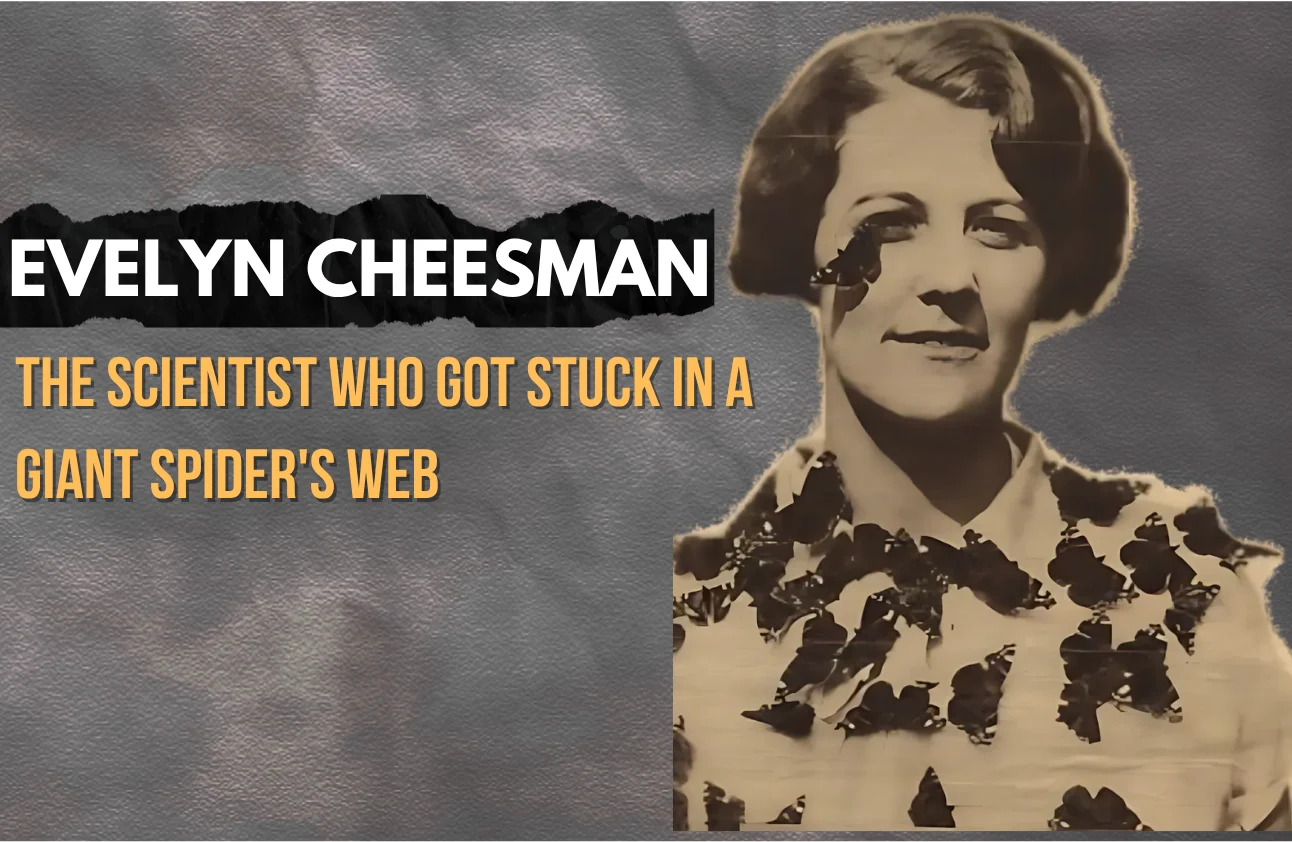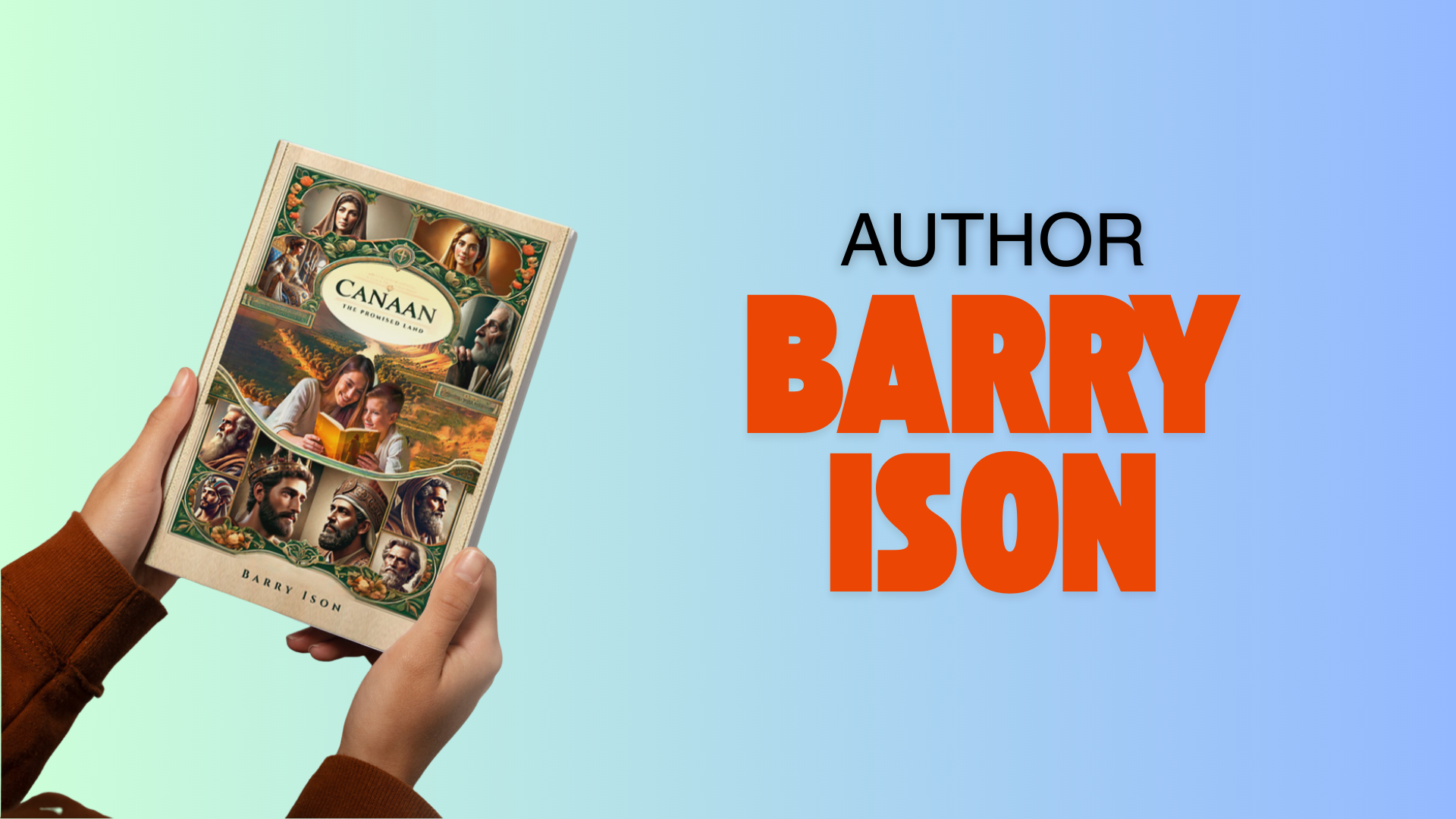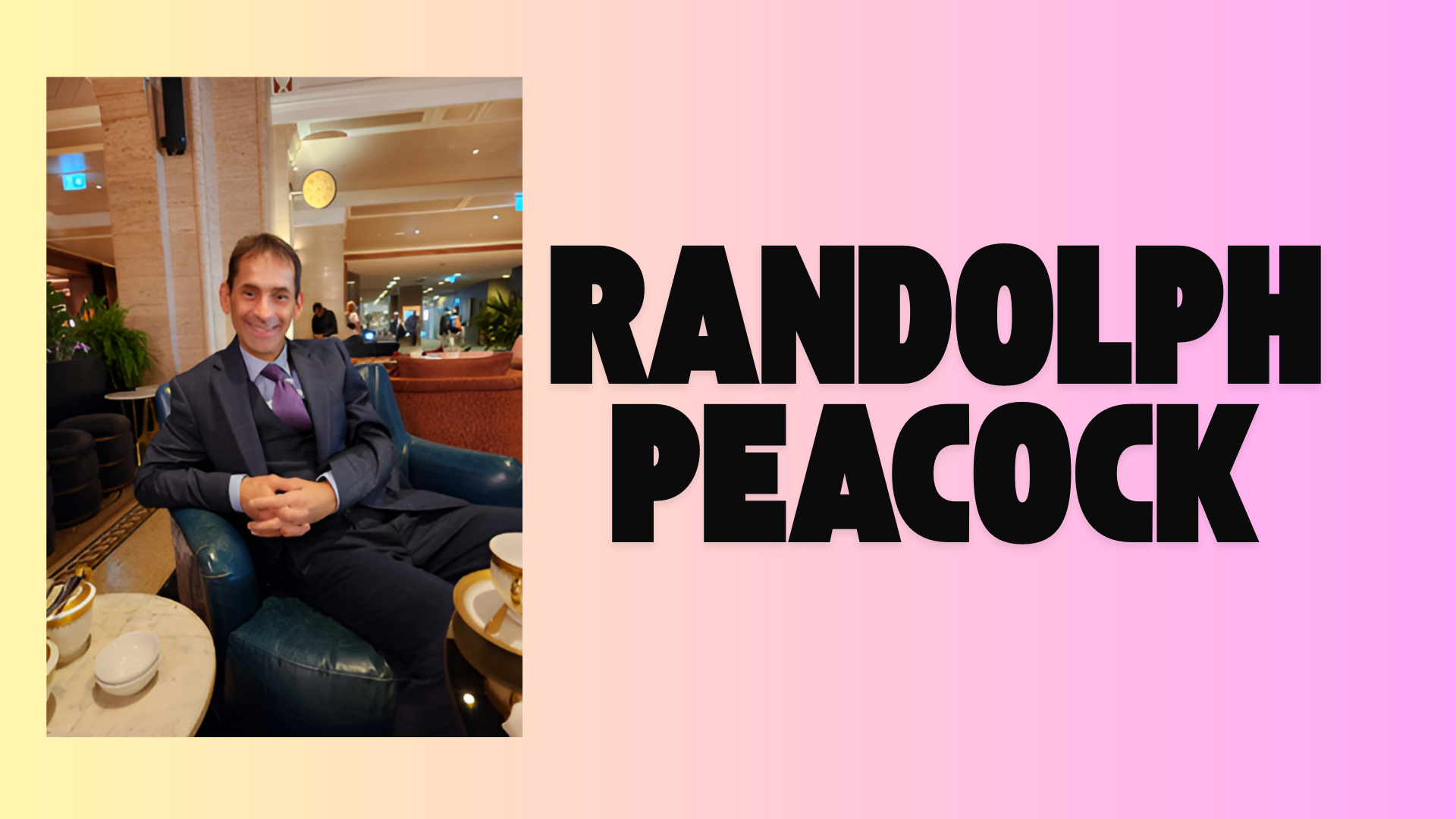Introduction
They say curiosity is what drives science but sometimes, it’s also what traps us.
In this modern fable, “The Scientist Who Got Stuck in a Giant Spider’s Web” isn’t merely a tale of a man entangled in threads. It is a story that reflects the delicate tension between ambition and obsession, knowledge and humility. Beneath its surreal title lies a literary metaphor: a cautionary exploration of how unchecked pursuit of discovery can lead one into a web of their own making.
The Web: Not Just Silk, But Symbol
The scientist, in this tale, isn’t given a name. He could be Galileo or Oppenheimer, Frankenstein or Faustus. What matters is his mind a brilliant engine fueled by relentless inquiry. One day, during an expedition into an uncharted rainforest biome, he stumbles upon an anomaly: a giant spider’s web, spanning nearly an entire glade, shimmering like glass under the light.
Unable to resist, he steps closer.
And then, with one small misstep, he’s caught.
But this isn’t a story of insects and fangs it’s a story of entrapment in metaphor. The web isn’t real silk. It is the interconnected consequences of choices, desires, and secrets woven over years.
The Trap of Ambition
In literature, spiders often represent fate, control, or manipulation. The web is their artwork beautiful, complex, but deadly.
Here, the web represents the very system the scientist helped create: technologies designed to observe, control, and catalog life. Systems that once empowered humanity but eventually became so vast, so entangled, that even their creators could no longer escape their grip.
Isn’t this the fate of many visionaries? To one day realize their inventions now trap not only the world but them.
Isolation in Discovery
Stuck in the web, the scientist begins to reflect. He remembers warnings he ignored, colleagues he dismissed, and moments where ethics flickered but ambition won. The deeper he reflects, the more the web tightens not physically, but psychologically.
This is the true snare: not the trap set by nature, but the cage built by ego.
It’s a motif seen in works like Mary Shelley’s Frankenstein, where the thirst for godlike creation isolates and punishes the creator. Or in Marlowe’s Doctor Faustus, where knowledge comes with a cost far greater than anticipated.
The Spider Appears
At the climax, the spider finally arrives. But it does not devour. It speaks.
It whispers truths the scientist never dared admit aloud:
“You did not fall into my web. You followed the threads. You spun them yourself.”
This chilling moment symbolizes self-awareness. The spider is not a monster, but a mirror the embodiment of consequences.
The Moral Thread
The scientist is eventually freed not by cutting the web, but by confronting the truth of it. The tale ends with him returning to his world, changed, quieter, and more aware of the webs humans spin around themselves through unchecked innovation.
He goes back to his lab but he no longer seeks to dominate nature. He seeks to understand it. To coexist with it.
Conclusion: A Fable for the Future
“The Scientist Who Got Stuck in a Giant Spider’s Web” is a parable for our times. It reminds us that in chasing progress, we must remain conscious of the threads we weave technological, ethical, emotional. Otherwise, we risk creating systems so vast and complex that they become our own cages.
In literature and life, webs can be beautiful but also binding.









